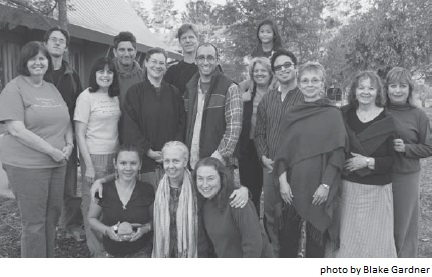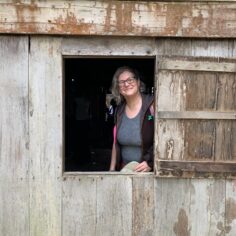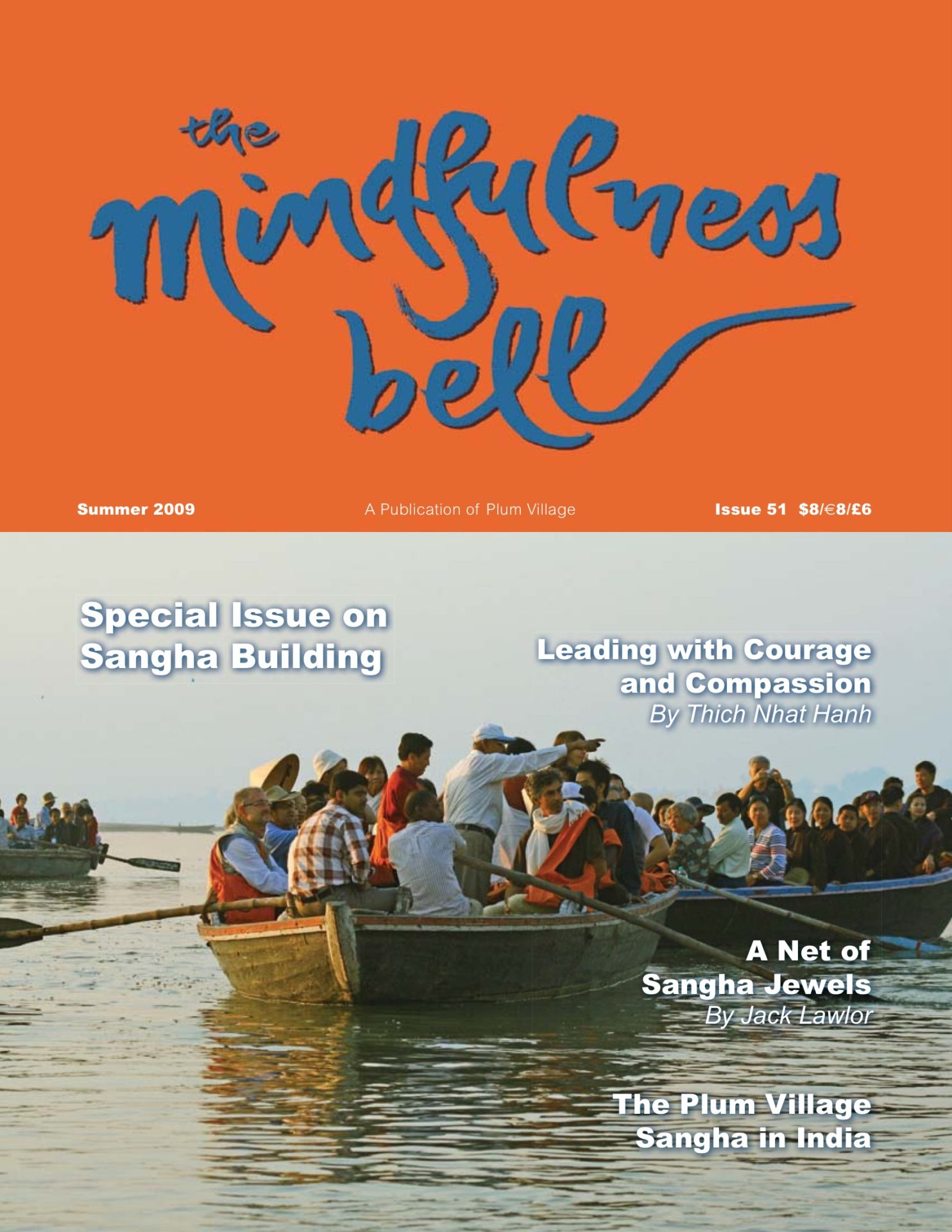By Karen Hilsberg in June 2009

Thich Nhat Hanh has said that the Buddha of the twenty-first century may manifest as Sangha. The simplest definition of Sangha is a community of friends practicing mindfulness together and offering spiritual support to one another.
I practiced on my own in the tradition of Thich Nhat Hanh for ten years before beginning to practice regularly with a local Sangha and with the Deer Park Sangha.
By Karen Hilsberg in June 2009

Thich Nhat Hanh has said that the Buddha of the twenty-first century may manifest as Sangha. The simplest definition of Sangha is a community of friends practicing mindfulness together and offering spiritual support to one another.
I practiced on my own in the tradition of Thich Nhat Hanh for ten years before beginning to practice regularly with a local Sangha and with the Deer Park Sangha. And from practicing with a Sangha my mindfulness practice has deepened exponentially. I learn so much from my friends in the fourfold Sangha (monks, nuns, laymen and laywomen)! We grow and develop together through our formal and informal practice together and through our special friendships.
Here are some tips and best practices that have worked to strengthen community and build Sangha in Southern California during the past seven years.
- If you build it, they will come. My husband and started a Sangha in our home in October 2003. We publicized the Sangha for about three weeks before the first meeting by putting up fliers in health food stores and coffee shops, and sending out e-mails. Nine people attended our first gathering, and the Sangha has been meeting every week for the past six years.
- Meet for at least two hours at a time so that people can have time to settle in without rushing. The format of many Sanghas is to begin with a silent or guided meditation for twenty to forty-five minutes, followed by slow walking meditation, then more sitting meditation. The second part consists of a Dharma discussion on a prearranged topic, such as a talk by Thay, an article in the Mindfulness Bell, a book by Thay, a sutra, or the Mindfulness Trainings. The Sangha may also learn a song or chant together, or practice inviting the bell. Have a different person lead the Sangha each week.
- Meet every week at the same time in the same place. This creates continuity and dependability. Recite the Five Mindfulness Trainings or Fourteen Mindfulness Trainings once a month. Sangha members learn about the Trainings, discuss them, and then find ways to incorporate them into their lives if they like.
- Use e-mail to remind Sangha members of the time and topic of each Sangha gathering. Create a website and add a listing on the worldwide directory of Sanghas at www.mindfulnessbell.org so that practitioners can locate a Sangha in their area.
- Be inclusive. Welcome new members and make it easy for new members to participate. Some Sanghas offer an introduction at the beginning of each meeting or once a month. Some Sanghas have people who welcome everyone at the door at the beginning of the Sangha and are available to offer basic instruction in mindfulness practice.
- Move the Sangha to a public space. Everyone loved meeting at our home and practicing walking meditation in the garden. However, we were encouraged to move the Sangha to a public space, which we did. Meeting in a local yoga studio has relieved the responsibility of leading the Sangha every week from any one person. It is often more comfortable for people to meet in a public space.
- Collect dana each week to support rent for the space, community service projects, or scholarships for Days of Mindfulness and retreats.
- Encourage Sangha members to subscribe to the Mindfulness Bell and periodically discuss an article or issue as a Sangha.
- Lead by caretaking council. Share the Sangha leadership among a group of people who meet quarterly to make decisions about Sangha schedule, organize picnics or potlucks, arrange Days of Mindfulness, and attend to other Sangha business. Practice deep listening and loving speech during caretaking council and try to come to consensus when possible.
- At least once a year, offer a Day of Mindfulness from 10:00 to 4:00 to the community and nearby Sanghas. Either lead the activities of the day yourselves or invite a Dharma Teacher or Order of Interbeing member to support or lead the activities.
- When possible, attend a practice center or weekend retreat together as a Sangha. This is a wonderful opportunity to get to know one another in a different context, to have unstructured time together, and to deepen the practice of the Sangha together.
- Create an Order of Interbeing and/or OI Aspirant Sangha. Deer Park Monastery has been offering an opportunity on the third weekend of the month for OI members and aspirants to attend the monastery and meet together as a Sangha to deepen their understanding of the Fourteen Mindfulness Trainings and the OI Charter, and to build community in Southern California. This has been a wonderful opportunity for many Sangha leaders to feel recharged and nourished in their practice of Sangha building in their home communities.
- Welcome and support families with young children. Children are wonderful practitioners and teachers. Children can understand mindfulness practice and families can practice together. Offer gatherings for families that can support parents in the wonderful and challenging task of fostering mindfulness and peace within the family.
The practice of mindfulness takes place at Sangha and increasingly in every aspect of our daily lives. Our Sangha brothers and sisters become our spiritual family with whom we share the landscape of our lives. As Thay has said, a practitioner is like a drop of water. If the drop of water is alone, it may evaporate easily. However, when many drops of water join together to form a river, all the drops of water in the river can travel safely to the ocean. The Sangha is our river that supports our practice of mindfulness and the cultivation of joy and non-fear in our lives.
For further support on Sangha building, refer to Friends on the Path by Thich Nhat Hanh.


